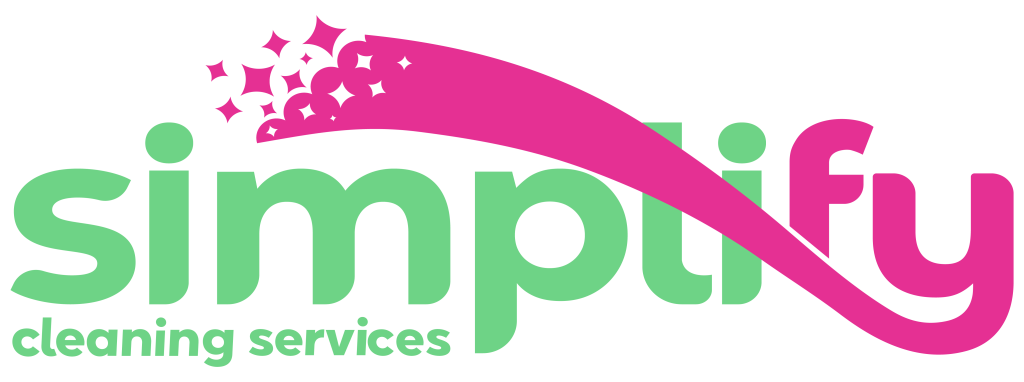When it comes to maintaining a spotless home, advice is everywhere—but not all of it is reliable. Cleaning myths often promise quick fixes or magical results, but they can actually waste your time and effort. In this post, we’ll separate fact from fiction and share what really works to make your cleaning routine more effective.
Myth #1: Vinegar Cleans Everything
Vinegar gets a lot of love as a cleaning superhero, but it has its limits. While it’s excellent for removing grease, deodorizing, and cutting through hard water stains, it isn’t a disinfectant and can damage stone surfaces like granite or marble.
What Actually Works: Vinegar works wonders on glass, stainless steel, or ceramic surfaces, but for germ-prone areas like kitchens and bathrooms, stick to a proper disinfectant.
Myth #2: Bleach is the Ultimate Cleaner
Bleach is often mistaken as a one-step solution, but it doesn’t actually clean dirt or grime. Its real power lies in disinfecting surfaces, not in removing buildup.
What Actually Works: Start by using an all-purpose cleaner to tackle grime, then follow up with bleach for sanitizing when needed.
Myth #3: Expensive Cleaning Products Are Always Better
It’s easy to assume that pricey cleaning products work better, but that’s just another cleaning myth. Many affordable options are just as effective—if not more—than their high-end counterparts.
What Actually Works: Focus on the active ingredients and your cleaning technique. Affordable brands with similar formulas often deliver the same results.
Myth #4: Dusting with a Dry Cloth is Best
A dry cloth might seem like the simplest way to dust, but it’s not the most effective. Instead of trapping dust, a dry cloth often pushes particles around or stirs them into the air.
What Actually Works: Use a microfiber cloth slightly dampened with water or a dusting spray. Microfiber grabs and holds dust, leaving surfaces truly clean.
Myth #5: Baking Soda and Vinegar Are the Perfect Pair
This popular cleaning myth has taken over social media, but mixing baking soda and vinegar isn’t as effective as it seems. Their reaction creates water, salt, and carbon dioxide, which may fizz impressively but lacks cleaning power.
What Actually Works: Use baking soda for scrubbing tough stains and vinegar for rinsing or deodorizing. Just avoid combining them directly.
Myth #6: More Detergent Means Cleaner Results
Using extra detergent in your laundry or dishwasher doesn’t guarantee cleaner clothes or dishes. In fact, it can leave residue behind and even harm your appliances.
What Actually Works: Stick to the recommended amounts. For heavily soiled loads, pre-soaking is a better strategy than adding extra detergent.
Myth #7: You Should Clean Windows on Sunny Days
It might seem like a bright, sunny day is perfect for window cleaning, but the heat causes cleaning solutions to dry too fast, leaving streaks behind.
What Actually Works: Clean your windows on an overcast day or during cooler times, like early morning or late evening, to avoid streaking.
Myth #8: There’s No Need to Clean Behind Furniture
Many people believe that cleaning behind large furniture isn’t necessary, but dust and allergens can accumulate out of sight, creating issues over time.
What Actually Works: Move furniture and clean behind it at least twice a year. Regular attention to hidden spaces keeps your home fresher and healthier.
Why Debunking Cleaning Myths Matters
Falling for cleaning myths can lead to wasted time, effort, and even damage to your home. By knowing what actually works, you’ll clean smarter, not harder, and achieve better results every time.
At Simplify Cleaning, we don’t just clean—we help educate our clients about the best practices for maintaining a spotless home. Got a stubborn cleaning challenge? Let us handle it!
Contact us today and experience the difference of professional, myth-free cleaning.
